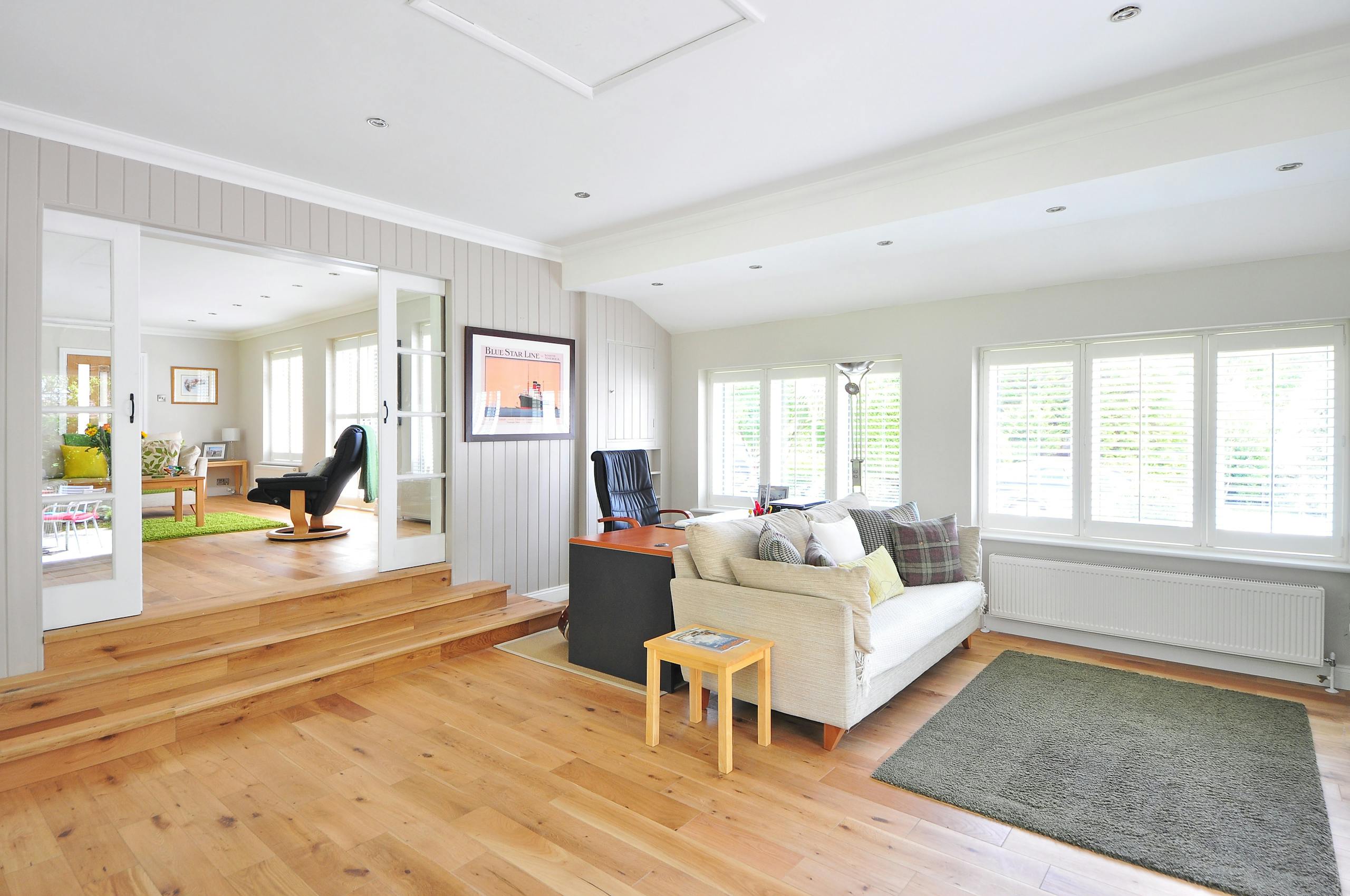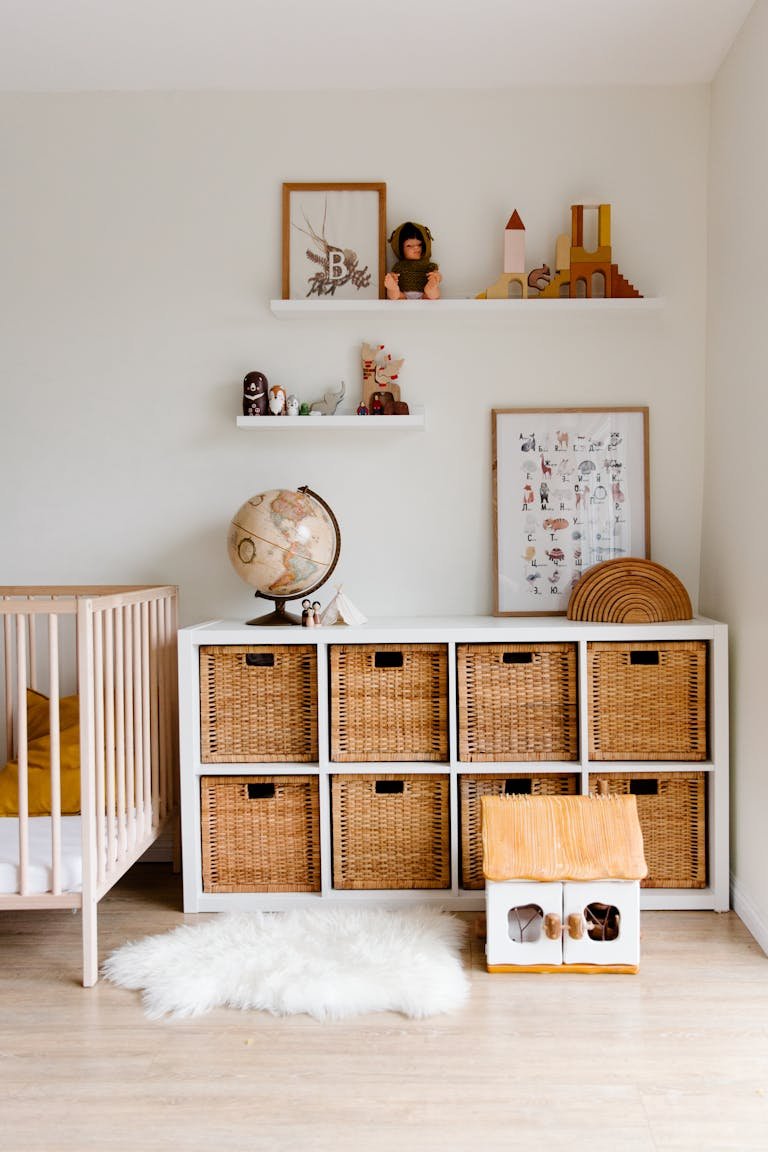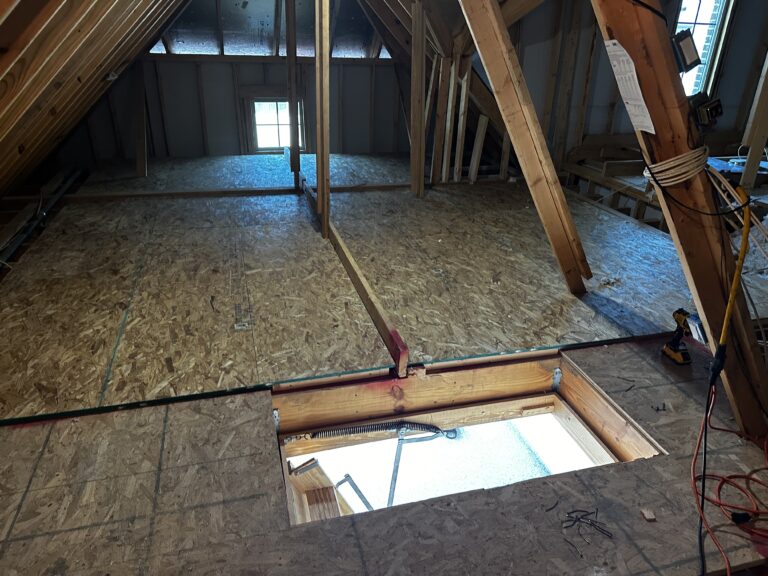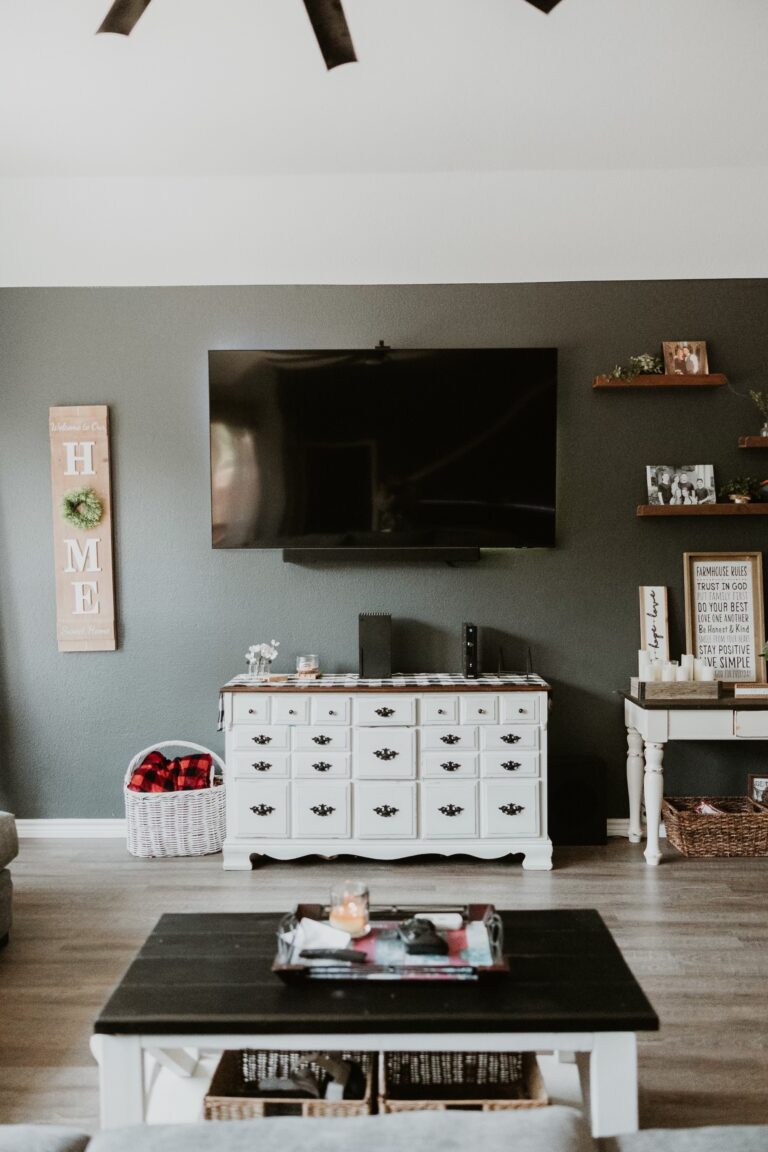When it comes to choosing flooring for your home, wood flooring is a popular option due to its beauty, durability, and timeless appeal. However, with so many types of wood flooring available, it can be challenging to decide which one is best suited for your space and needs. In this post, we’ll explore the various types of wood flooring and break down their pros and cons, helping you make an informed decision for your next home improvement project.
1. Solid Hardwood Flooring
Solid hardwood flooring is made from a single piece of natural wood, typically ¾ inch thick. It’s available in various species such as oak, maple, walnut, and cherry.
Appearance: Solid hardwood offers a luxurious and natural look with variations in grain patterns and colors. It can be sanded and refinished multiple times, which means you can refresh its appearance over the years.
Durability: Highly durable, but it can expand or contract with humidity and temperature changes, making it less ideal for basements or high-moisture areas.

2. Engineered Hardwood Flooring
Engineered hardwood is constructed with a thin layer of natural wood on top and layers of plywood underneath. This structure makes it more stable than solid hardwood.
Appearance: Engineered hardwood looks very similar to solid hardwood, as the top layer is real wood. However, it may have a limited number of refinishes due to the thinness of the wood layer.
Durability: More resistant to moisture and temperature fluctuations, making it a better option for basements, kitchens, and bathrooms compared to solid hardwood.
3. Luxury Vinyl Plank (LVP)
Luxury vinyl plank (LVP) is a synthetic flooring option designed to mimic the look of natural wood. It is often made with a rigid core that provides stability and is topped with a printed design layer and a protective wear layer.
Appearance: High-quality LVP can closely resemble hardwood, with realistic textures and grain patterns. It’s available in a wide range of colors and styles.
Durability: Extremely durable and waterproof, making it ideal for high-traffic areas, bathrooms, and basements. It’s also resistant to scratches and dents, but it cannot be refinished like wood.
4. Laminate Wood Flooring
Laminate flooring is a synthetic product that mimics the look of wood using a photographic layer beneath a protective top layer. It’s budget-friendly and easy to install.
Appearance: Though it looks like wood, it’s not made from natural wood, which can make it less appealing to some homeowners. However, high-quality laminate can look quite realistic.
Durability: Laminate is scratch-resistant and highly durable, but it cannot be refinished like hardwood or engineered wood. Once it’s damaged, the only solution is to replace it.
5. Bamboo Flooring
Bamboo is technically a grass, but it shares many characteristics with hardwood. It’s a sustainable option for those who want an eco-friendly flooring choice.
Appearance: Bamboo has a distinct, modern look, often with clean lines. It’s available in a variety of shades.
Durability: Bamboo can be as hard and durable as some types of hardwood. However, it’s more prone to moisture damage, especially in high-humidity areas.
6. Cork Flooring
Cork flooring is made from the bark of cork oak trees. It’s soft, comfortable, and eco-friendly, appealing to homeowners looking for something unique.
Appearance: Cork has a distinct texture and appearance that adds warmth and uniqueness to any space.
Durability: While it’s soft and comfortable underfoot, cork is not as durable as hardwood. It’s susceptible to dents and moisture damage but is naturally resistant to mold, mildew, and termites.
Flooring Maintenance and Care: Tips for Longevity
Proper flooring maintenance is essential to ensure the longevity and appearance of your floors, whether they’re hardwood, tile, laminate, or carpet. Regular care not only preserves the beauty of your flooring but also saves you from costly repairs or replacements. Here are some key tips to keep your floors looking great:
1. Daily Cleaning
Sweep or Vacuum: Dust, dirt, and debris can scratch and wear down surfaces over time. Make it a habit to sweep or vacuum daily, especially in high-traffic areas.
Mop Safely: Use a damp mop for hardwood and laminate, avoiding excess water that can seep into seams and cause damage. For tile floors, a slightly wetter mop can be used, but ensure the area dries quickly.
2. Use Protective Pads
Place furniture pads under the legs of chairs, tables, and other heavy items to prevent scratches and dents.
Use rugs or mats in high-traffic areas to reduce wear, particularly near entryways.
3. Avoid Harsh Cleaners
Stick to cleaners designed for your specific flooring type. Harsh chemicals can strip finishes, discolor, or damage flooring materials.
For hardwood, use pH-neutral cleaners. For tile, a mixture of warm water and a mild detergent works best. Avoid oil-based products that can leave a residue on both hardwood and laminate.
4. Address Spills Immediately
Clean up spills as soon as they happen to avoid staining or warping. Use a soft, damp cloth to blot the area and avoid rubbing, which can push liquids deeper into the floor material.
5. Regular Deep Cleaning
Every few months, schedule a deeper clean based on your flooring type. For hardwood, professional refinishing may be needed every few years. For carpets, steam cleaning helps remove deeply embedded dirt.
6. Maintain Humidity Levels
Humidity can affect hardwood and laminate floors, causing them to expand or contract. Keep your home’s humidity levels between 35%–55% to prevent warping or cracking.
By following these simple maintenance practices, your floors will retain their beauty and durability for years to come.





